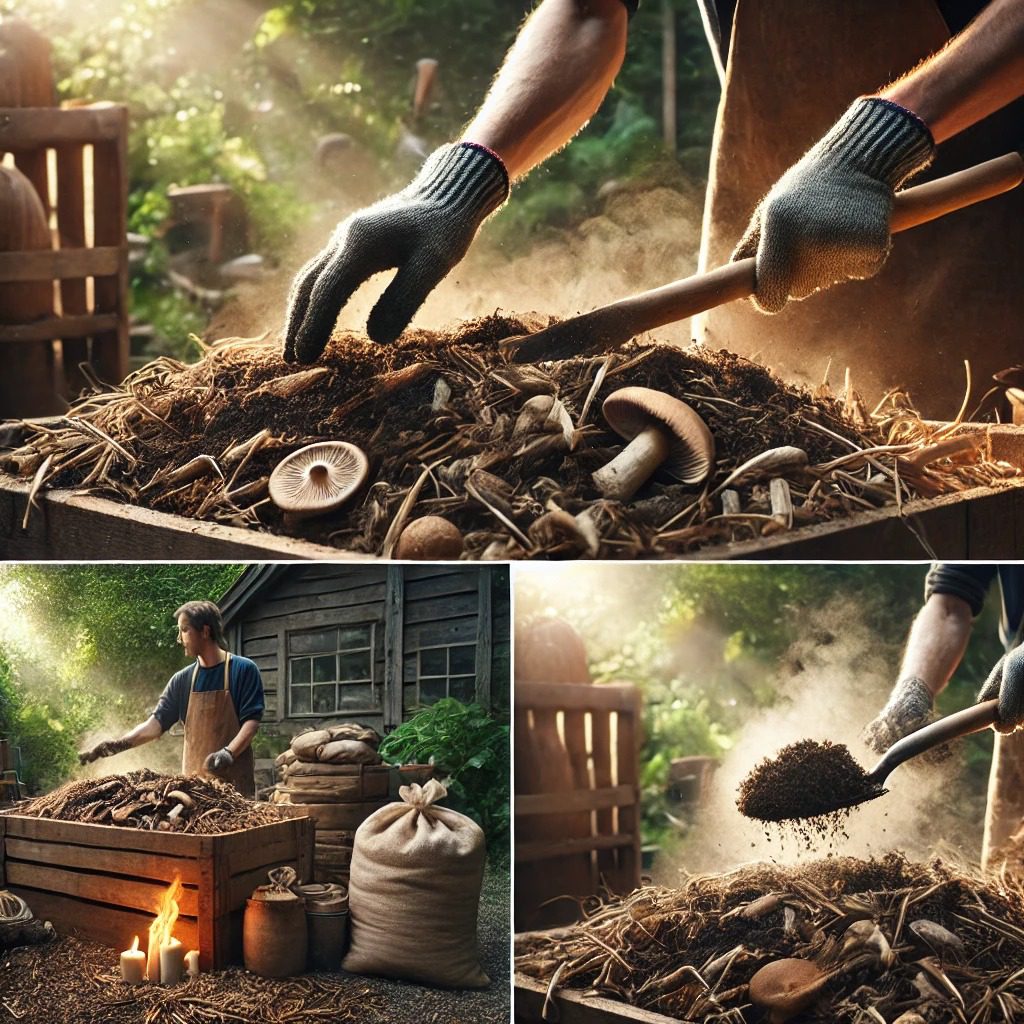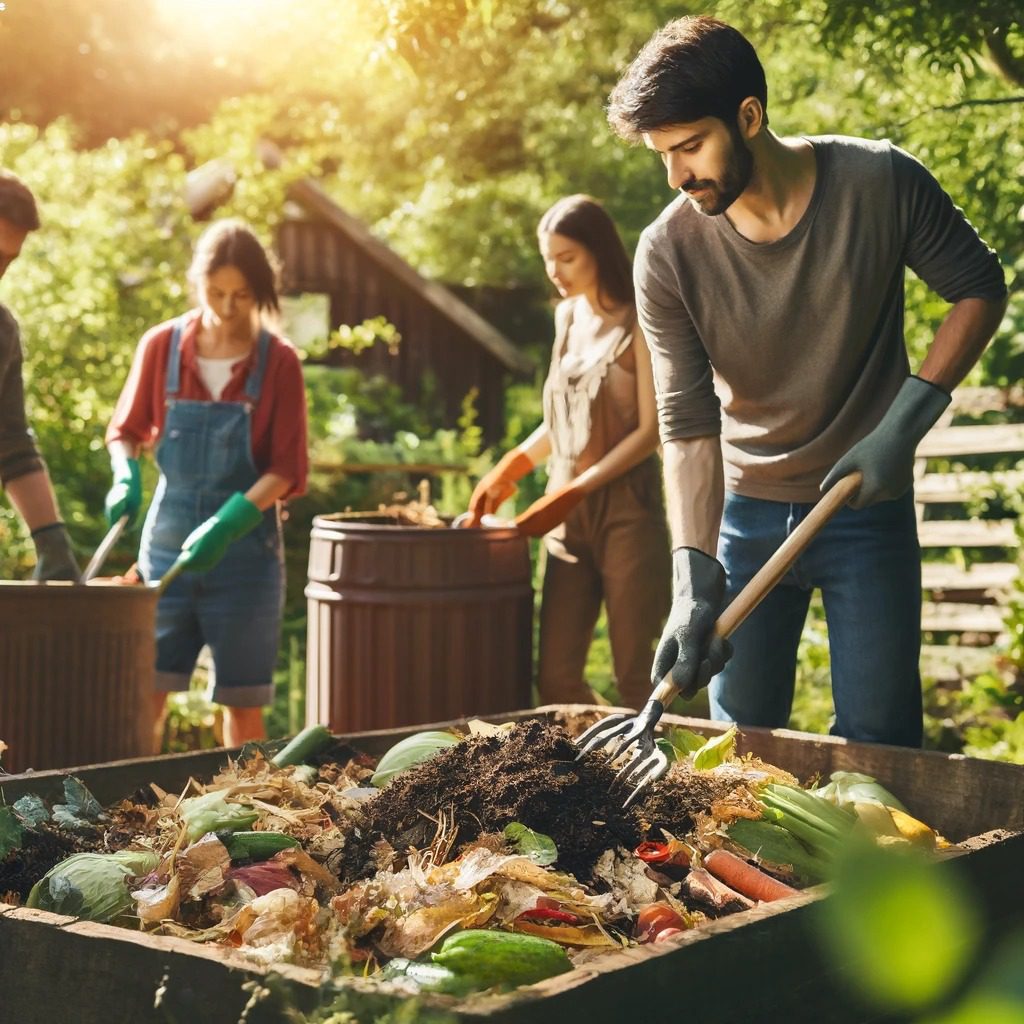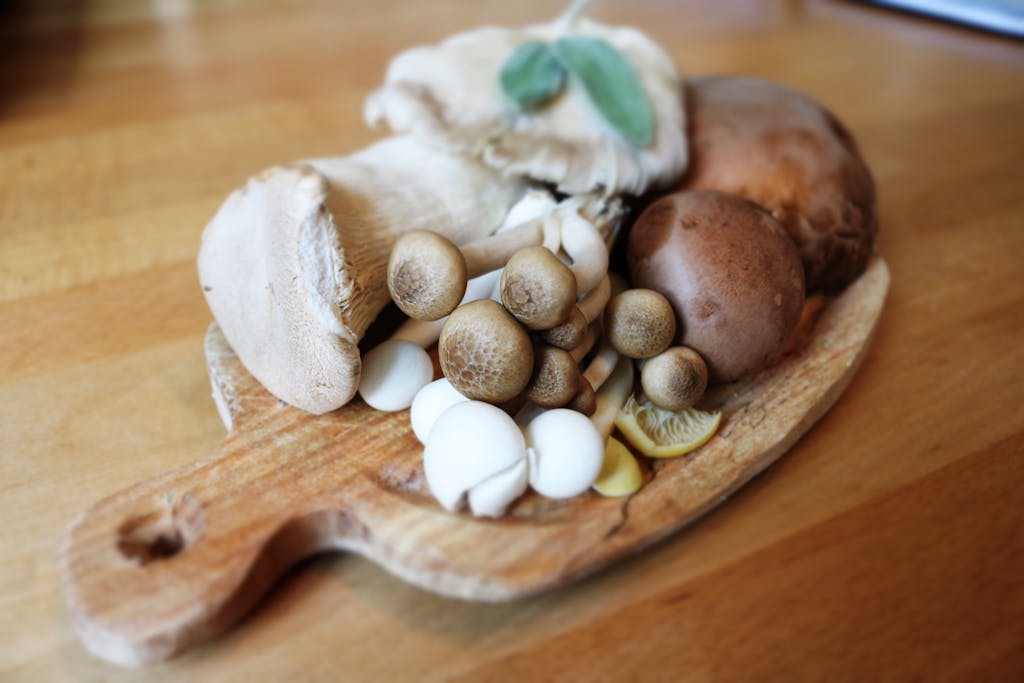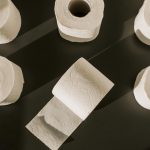How to Make Your Own Mushroom Compost: A Fun, Earthy Adventure
Hey there! So, I’ve been tinkering around in my backyard lately, and I stumbled into this super cool project: figuring out how to make your own mushroom compost.
If you’re anything like me—someone who loves growing stuff, getting their hands dirty, and maybe saving a few bucks—this is going to be right up your alley.
Mushroom compost is like gold for your garden, and making it yourself?
Well, that’s just next-level satisfying. Let me walk you through how I did it, toss in some tips I picked up along the way, and show you why this might just become your new favorite hobby.

What Even Is Mushroom Compost?
Before we dive into how to make your own mushroom compost, let’s chat about what it is. Mushroom compost—sometimes called “spent mushroom substrate”—is the stuff left over after mushrooms are grown commercially.
It’s packed with nutrients that plants absolutely adore, like nitrogen, phosphorus, and potassium, plus it’s got this rich, earthy vibe that makes your soil happy.
But here’s the kicker: you don’t need to buy it from some fancy garden store.
You can whip up a batch at home with stuff you probably already have lying around. Intrigued? Let’s get into it.
Step 1: Gather Your Ingredients
When I started figuring out how to make your own mushroom compost, I realized it’s a bit like cooking a weird, earthy stew. You’ll need a few key things:
- Straw or Hay: This is the base. I grabbed some straw from a local farm supply store, but old hay works too. About 20-30 pounds should do for a decent batch.
- Manure: Yep, poop! Horse or chicken manure is my go-to because it’s rich in nitrogen. I snagged some from a buddy’s farm, but you can find it bagged at garden centers if you’re not near a barnyard.
- Gypsum: This is optional, but I tossed in a couple handfuls (about 1-2 pounds) to help with texture and nutrients. You can get it cheap at hardware stores.
- Water: Just your garden hose will do.
- A Spot: I used a corner of my yard with good drainage—think a 4×4 foot space.

Tip: If you’re near a stable or a farm, ask for “aged” manure. Fresh stuff can be too hot (like, burn-your-plants hot) and needs time to chill out.
Step 2: Build Your Pile
Okay, so here’s where the fun starts. To make your own mushroom compost, you’ve got to layer it up like a lasagna. I started by spreading a thick layer of straw—about 6 inches deep—then sprinkled a thinner layer of manure on top.
Wet it down with the hose until it’s damp but not soggy, like a wrung-out sponge. Repeat this—straw, manure, water—until your pile’s about 3-4 feet high.
I mixed in the gypsum every couple of layers just to keep things interesting.
Hint: Don’t pack it too tight. Air needs to sneak in there to help the magic happen.
Step 3: Let It Cook
Now, this is where patience comes in. How to make your own mushroom compost isn’t a quick weekend gig—it’s more of a slow burn.
Once my pile was built, I let it sit and “cook.” The microbes get to work breaking everything down, and it heats up—sometimes to 160°F or more!
I stuck a compost thermometer in there (you can grab one for like $10), and it was wild to see it steaming on cool mornings.
Every few days, I’d flip the pile with a pitchfork to keep the air flowing and stop it from smelling funky. After about 2-3 weeks, it started cooling down and looking dark and crumbly—signs it was almost ready.
Tip: If it smells like ammonia, give it more air. If it’s too dry, add water. You’re aiming for that sweet, earthy scent.
Step 4: Cure It
Once the heating phase was done, I let my pile chill out for another couple of weeks. This “curing” step is key when you’re learning how to make your own mushroom compost—it mellows everything out so it’s safe for plants.
I spread it out a bit to dry and kept it slightly damp. By the end, it looked like rich, dark soil, and I couldn’t wait to use it.
Step 5: Use It and Love It
Here’s the payoff: I mixed my homemade mushroom compost into my veggie beds, and holy moly, my tomatoes and peppers went nuts!
It’s great for veggies, flowers, or even as a top dressing for your lawn. How to make your own mushroom compost might sound like work, but seeing those plants thrive? Totally worth it.
Hint: Don’t overdo it—mix it 50/50 with regular soil or use it as a mulch layer. It’s potent stuff!
Why I Love This (And You Might Too)
I’ll be honest—figuring out how to make your own mushroom compost scratched an itch I didn’t know I had. It’s sustainable, cheap, and I feel like a garden wizard every time I scoop some out.
Plus, it’s a great way to recycle waste like straw and manure. If you’re into mushrooms, you could even use it to grow your own oyster or button mushrooms before composting it—double win!
Who This Is For and How Easy It Is
So, who’s this whole “how to make your own mushroom compost” thing perfect for? Pretty much anyone with a bit of space and a love for growing stuff.
Gardeners, homesteaders, or even city folks with a backyard or patio can pull this off.
It’s awesome for people who want organic, nutrient-rich soil without shelling out cash at the store. Kids love it too—I got my niece involved, and she thought the steaming pile was the coolest science experiment ever.
How easy is it? I’d say it’s a solid 7/10. If you can stack firewood or bake a cake, you can handle this. The hardest part is flipping the pile, but even that’s just a good excuse to get outside.
No fancy gear needed—just some elbow grease and a little patience.
10 FAQs About How to Make Your Own Mushroom Compost
- How long does it take to make your own mushroom compost?
From start to finish, mine took about 6-8 weeks—2-3 weeks of heating, then a few more to cure. - Can I use any kind of manure?
Horse, chicken, or cow works best. Avoid pet poop (like dog or cat)—it’s not safe for composting. - Do I need special equipment?
Nah, just a pitchfork, a hose, and maybe a tarp if it rains a lot. A thermometer’s handy but not a must. - Will it smell bad?
Only if it’s too wet or compacted. Flip it regularly, and it’ll smell more earthy than stinky. - Can I make it indoors?
Not really—it needs space and air. A garage corner might work, but outdoors is way easier. - What if I don’t have straw?
Hay, wood shavings, or even shredded cardboard can sub in—just make sure it’s organic and breaks down. - Is mushroom compost good for all plants?
Most love it, but avoid using it straight on acid-loving plants like blueberries—it’s a bit alkaline. - How much does it cost to make your own mushroom compost?
I spent maybe $20 on straw and gypsum. If you’ve got manure for free, it’s practically nothing! - Can I grow mushrooms in it first?
Yep! Use it as a substrate for oyster mushrooms, then compost it after—they’ll love the mix. - What’s the biggest mistake to avoid?
Don’t let it dry out completely—keep it damp, or the microbes will clock out early.
Final Thoughts
So, there you have it—my journey into how to make your own mushroom compost. It’s messy, it’s fun, and it’s honestly kind of addicting.
There’s something so cool about turning straw and manure into this black gold that makes your garden sing.
Give it a shot, play around with it, and let me know how it goes—I’d love to hear your stories. Happy composting!
Where to buy Gypsum?








